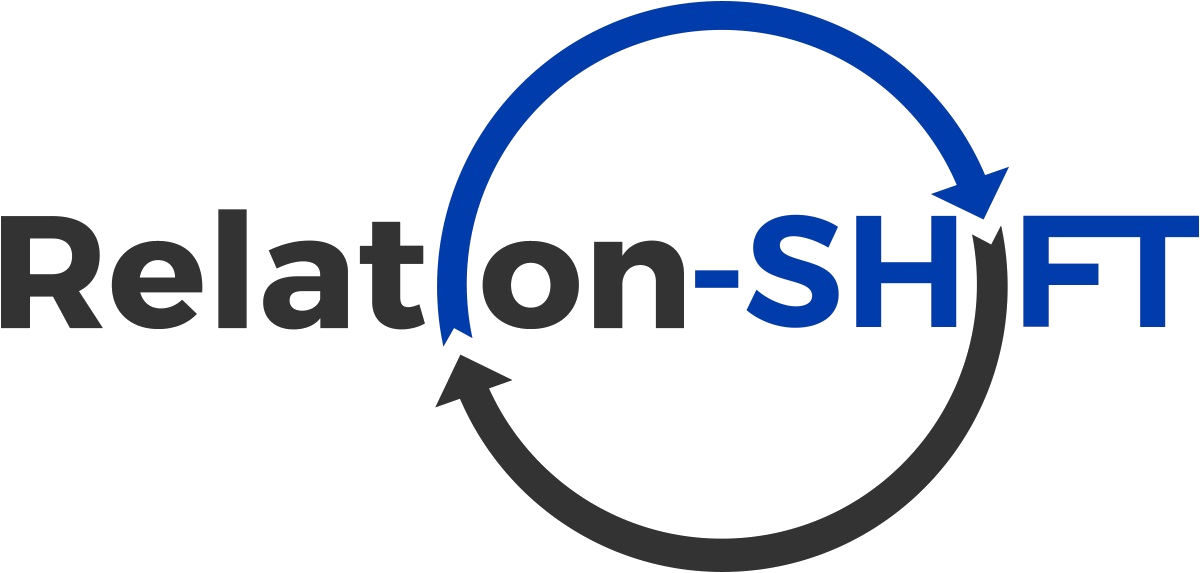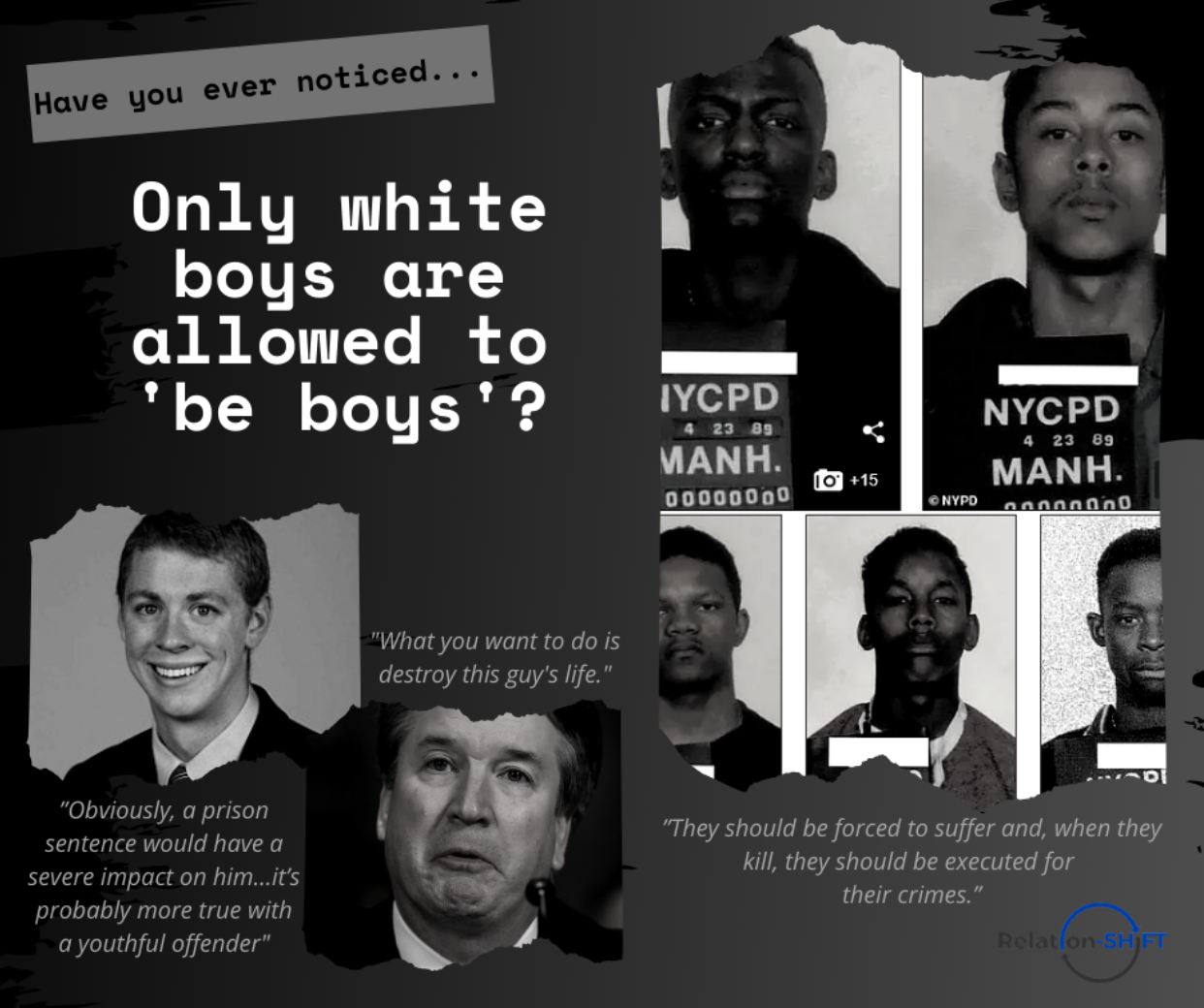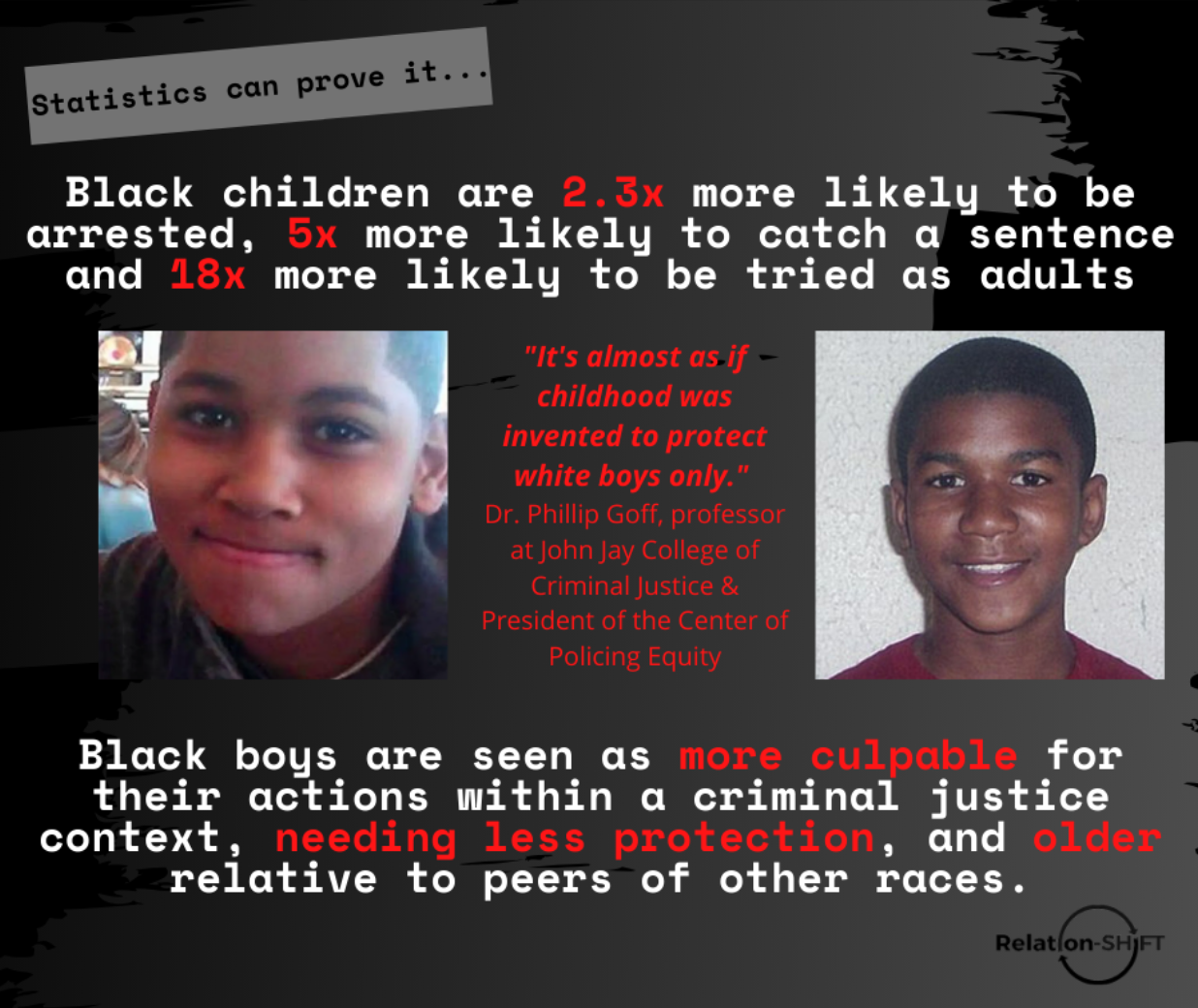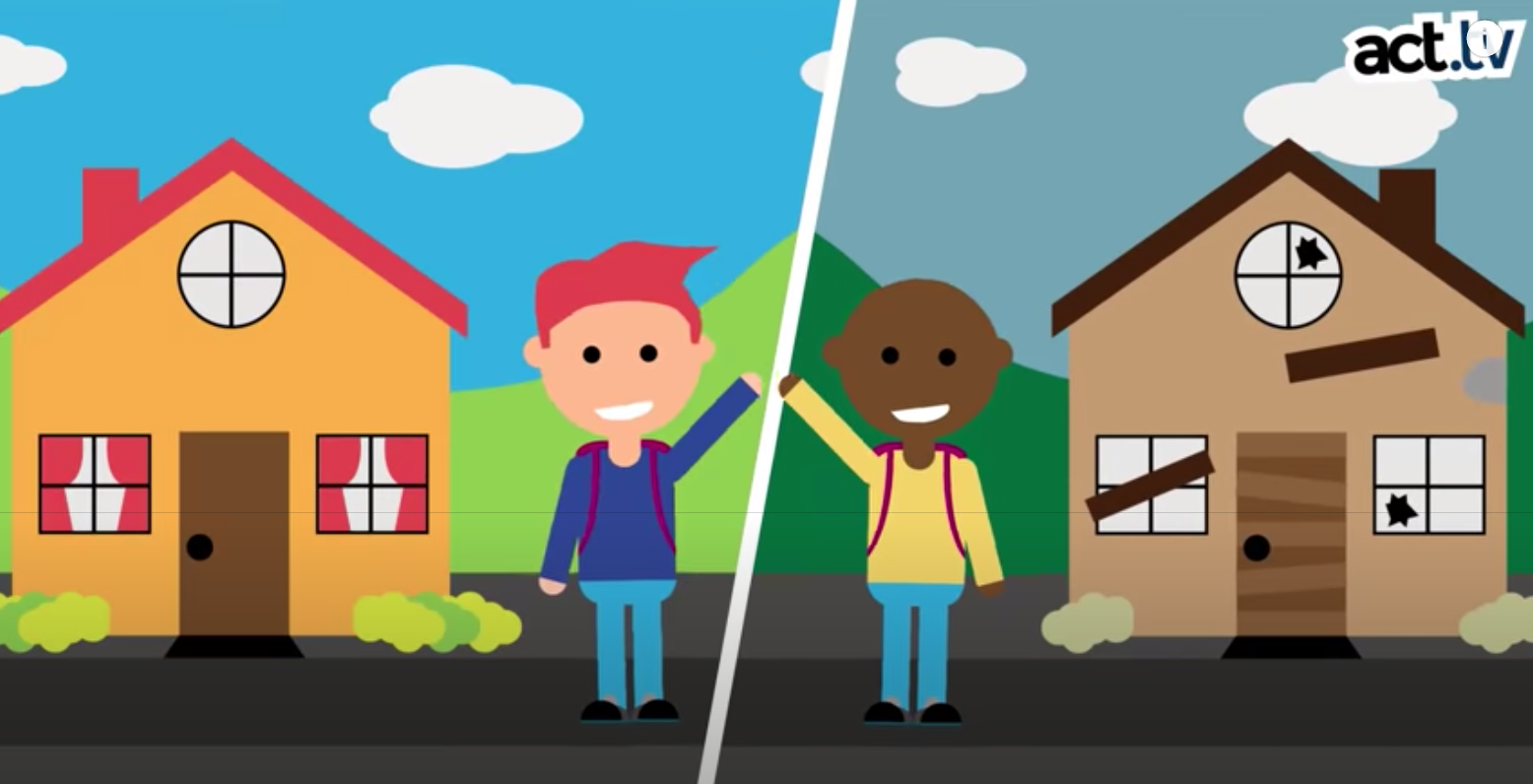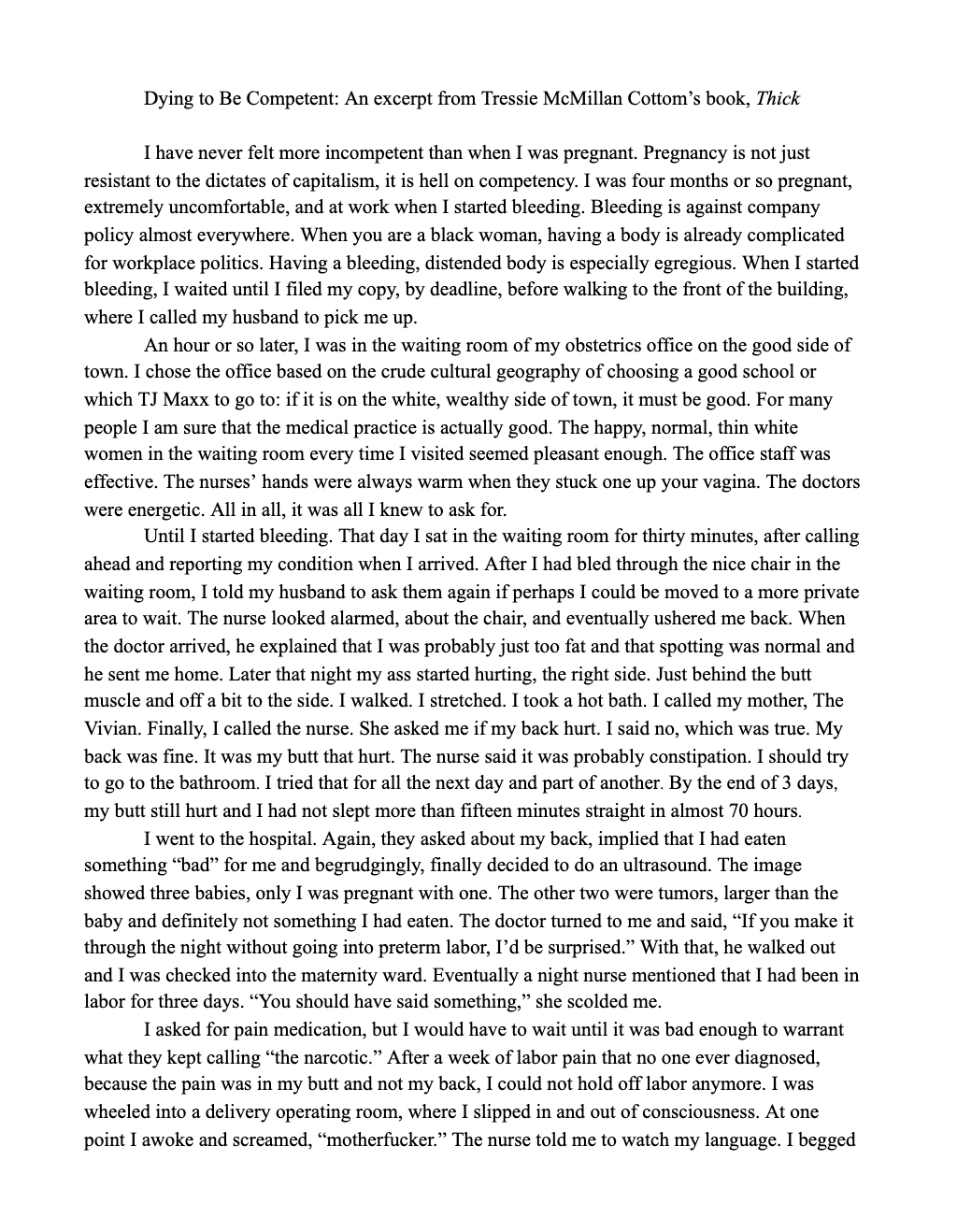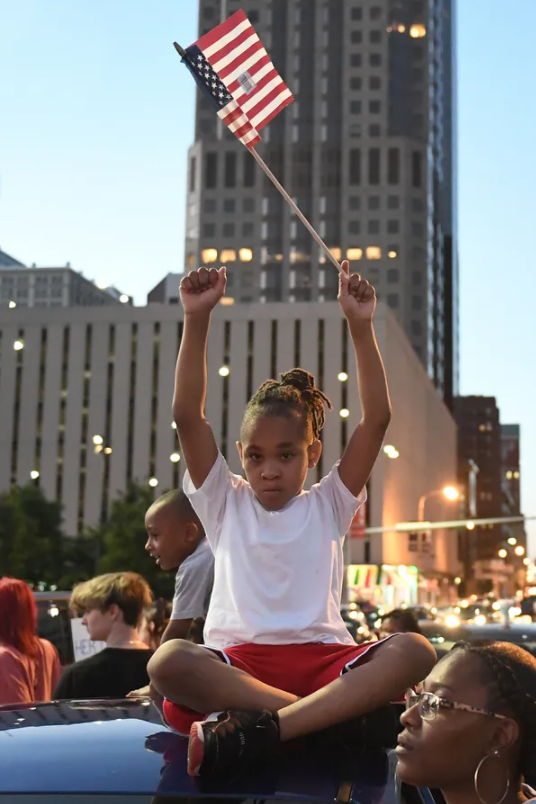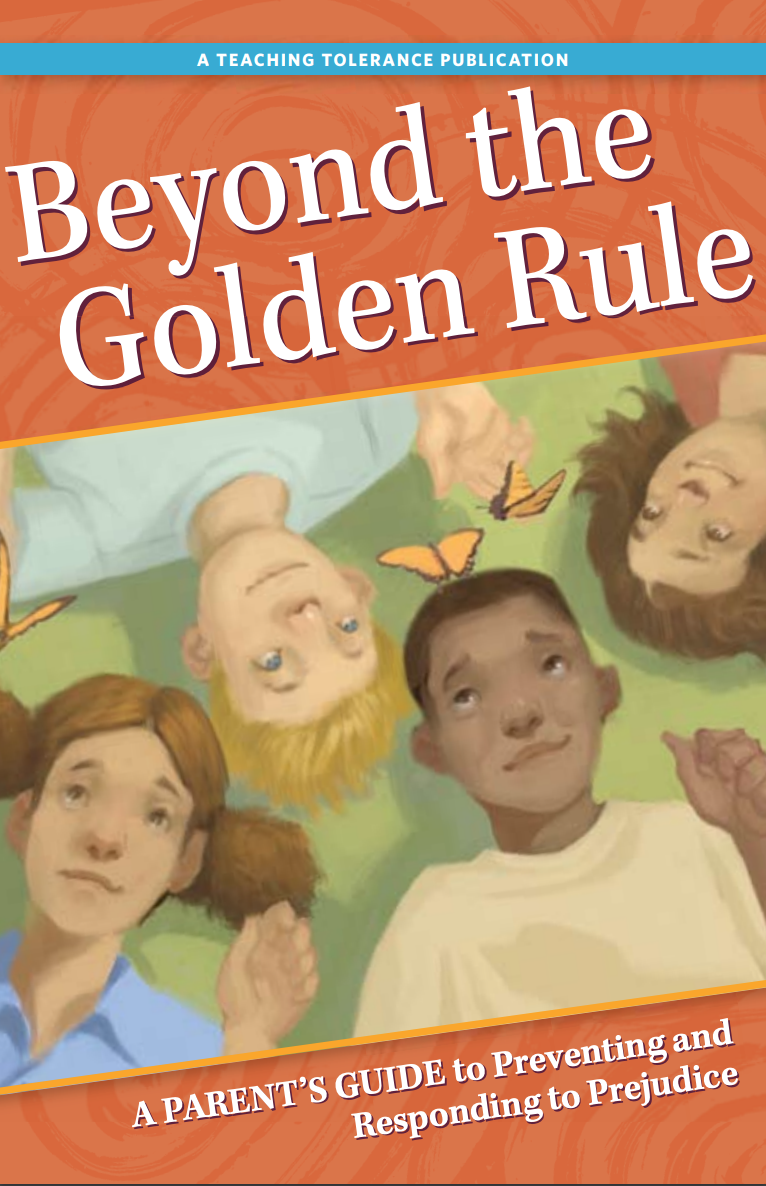In this post, we are sharing just a handful of resources for parents and educators on race, implicit bias, and police brutality. Please note, these graphics and links can also be found on our social media platforms.
As advocates of equity and equality, we work with hundreds of students, educators and parents working to reframe and redefine healthy masculinity. You’ve heard ‘Boys will be boys.’ It is a timeless ‘get out of jail free card’ for boy’s bad behavior. But, have you ever considered which boys are given this benefit of the doubt? Are all boys allowed to ‘be boys’? Researchers have found that Black and Brown boys are often seen as responsible for their actions at an age when white boys still benefit from the assumption that children are essentially innocent. Check out the resources below to learn how you can start holding all of our boys to higher standards.
Here are some great TedTalks about elevating our boys through education:
Boys won’t be boys. Boys will be what we teach them to be. Listen to Ben Hurst break down the age old saying, ‘boys will be boys.’ What do we really mean when we say that? Though not intended to be harmful, learn how not talking about masculinity nor gender equality is negatively impacting generation after generation of boys and girls. Learn how you can raise the bar for boys in your life.
“Locker room talk.” Says who? Listen to Alexis Jones explain why sexual violence is a not just a woman’s issue. It’s a human issue. We need to invite men to the table and have more open conversations about the misogynistic way society implicitly programs to think about, talk about, and treat women. Learn how you can help boys in your life to think for themselves, treat themselves with more respect, and create their own definition of being a ‘cool’ guy.
Read these articles explaining how society keeps black boys from being boys:
“Innocence erased” Learn about the numerous ways in which modern black boys are still experiencing the repercussions of slavery and the dehumanization of African Americans for centuries. Read about the childhoods stolen due to implicit racial bias, from Tamir Rice (murdered by police at age 12 while playing with a water gun) to Kalief Browder (who committed suicide after being arrested, imprisoned, and beaten for a crime he did not commit from age 16-19).
“When Boys Can’t Be Boys” When police were shown photos of boys between the ages of 10 and 17, they consistently perceived black boys as nearly 4.5 years older than they were. This is only one of the many ways black boys are preemptively stripped of childhood innocence. Learn about the damaging effects race discrimination has on black boys.
“‘It’s as if we were born guilty’: The Central Park Five” Learn more about the Central Park Five, a group of Black and Hispanic boys each wrongfully sentenced to prison for nearly a decade for the murder of a white woman in Central Park. The root of this injustice? Race discrimination. Read this article and consider, are black and brown boys born guilty?
“In Kavanaugh’s debate, ‘boys will be boys’ is an unscientific excuse for assault” Read this article busting multiple myths that perpetuate rape culture, including “only certain kinds of people commit sexual assault,” “the teenage brain is underdeveloped and reckless,” “sexual assault is driven largely by impulses,” and “our memories are fickle so we cannot trust ones from long ago.” Learn why we need to hold boys to higher standards instead of justifying bad behavior with faulty science.
“Boys Will Be Boys. Covington’s Showed Yet Again Why Only White Boys Can Smirk Through That” Do you remember when Nathan Phillips, among other white teens, swarmed, intimidated, and taunted an elderly indigenous man playing music at a March for Life rally? After the incident was filmed and televised across the nation, the family sued for defamation. Consider, if Nathan had been black, do you think that the story would have been the same? Learn why not.
In advancing gender equity and healthy youth identities, advocates discuss ways in which gender identity can impact individuals’ access to a variety of resources and opportunities. The same is true with racial identity. Growing up, our kids learn about the rags-to-riches American dream from personal anecdotes to timeless fairy tales. “American values”, such as personal responsibility and individualism, meritocracy, and equal opportunity often mislead us to believe race is not at the heart of systemic issues like poverty and crime. Instead of questioning the skewed systems, we often point to individuals’ poor decisions, poor work ethic, or inability to run fast enough on the “level playing fields” of education, employment, and wealth. Help kids to develop compassion and understanding about how race informs privilege across multiple systems in our country. Check out by checking out some resources below.
This video is great for tweens and teens to take a closer look at systemic racism. Help them begin thinking about how they can make a difference. It is critical that kids learn about systemic racism at a young age because it impacts every area of life in the US, from incarceration rates to predatory loans.
This resource from the Aspen Institute was created to help educators and organizations serving youth to adopt a more race-conscious approach to community building and social justice work. Learn how to define structural racism, describe its impact on development, and hopefully implement evidence-based suggestions to support youth under your care.
To summarize it briefly, structural racism refers to the many factors contributing to and facilitating the maintenance of racial inequities in the US. Across the board, there are privileges associated with “whiteness” and disadvantages associated with people of color regarding access to education, employment (i.e. decent jobs, liveable wages, benefits, and retirement plans), homeownership, healthcare, politics (i.e. representation and voting), and wealth.
An example of structural racism in the health care system. Read this poignant excerpt from Tressie McMillan Cottom’s book Thick. Called “Dying to be Competent,” about Tressie’s experience trying to access medical care as a pregnant, black woman in America. Before sharing with a young person, do note that there is some profanity in this text.
At this point, you may be asking, what can I do? The short answer? SO MUCH! Fred Rogers once said, “It’s easy to say, ‘It’s not my child, not my community, not my world, not my problem.’” He called those who see the need and respond his heroes. The world needs more people like you who realize the importance of shared responsibility.
Educating yourself and your children about these topics are incredible ways you can respond to problems in our society RIGHT NOW. Even experts agree! Age-appropriate explanations are always better than silence. It can be difficult to talk openly and honestly about these issues, but stepping up as an ally benefits the progress and wellbeing of both your community and your children. Amidst these tragedies, dialogue is one way we can support children, prepare them to be equitable leaders, and address their fears, anxieties, uncertainties, or misconceptions.
Check out some resources below to learn more about starting these essential conversations!
Advice from Psychologists about what you should say to your kids about the recent murders of George Floyd, Ahmaud Arbery, and Breonna Taylor.
“Beyond the Golden Rule: A Parent’s Guide to Preventing and Responding to Prejudice.” This Teaching Tolerance booklet is designed to help you teach your children to honor the differences in themselves and in others — and to reject prejudice and intolerance. The three age-specific sections (preschool years, elementary/preteen years, and teen years) include advice from psychologists, educators, and parenting experts.
Why does racism persist and what can we do to build a less racist society? A podcast segment from brilliant middle grade and young adult author, Jason Reynolds.
What is the Black Lives Matter Movement's core goals? Use this resource to help you explain abstract topics like ‘restorative justice,’ ‘empathy,’ ‘loving engagment,’ ‘diversity,’ ‘globalism,’ and more to your children.
Children's media, like picture books, can also be a great point of reference for talking about difficult topics, such as race and police brutality. Read the book beforehand. Ask what is happening in it. Stop along the way; pause two or three times strategically for conversation. Relation-Shift has linked six videos of online picture book read-alouds:
A Kid's Book About Racism by Jelani Memory: A clear explanation of what racism is and how to know when you see it for kids 5+.
Not My Idea- A Book about Whiteness by Anastasia Higginbotham: A book about white supremacy, fairness, and justice told from the perspective of a child who sees TV coverage of a police shooting and has some questions.
Something Happened in Our Town by Marianne Celano, Marietta Collins, and Ann Hazzard: How to talk with your children about racism and police brutality.
Let's Talk about Race by Julius Lester: A book about stories: of self, countries, race, and more.
Mama Did You Hear the News? by Sanya Whittaker Gragg: Offers perspective into the rules black boys and girls learn at a young age just to stay a-l-i-v-e in altercations with police.
Peaceful Fights for Equal Rights by Rob Sanders: This displays different ways that people organize, protest, help, and try to make a difference.
